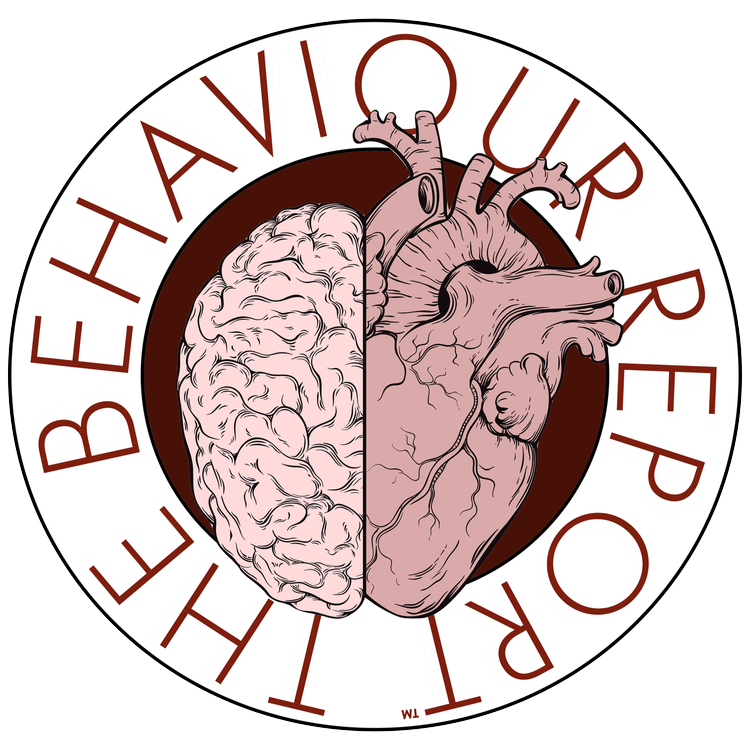Kieran Flanagan @ThinkKieranF
In its Future of Work Report of 2016, World Economic Forum identified an increasing need for Creativity and Problem Solving as one of the most desired work skill trends from 2015 to 2020. It’s a sentiment that was echoed in the research for my 2019 book, co-authored with Dan Gregory, called Forever Skills: 12 Skills to future proof yourself, your team and your kids.
Adding to this is an accelerating rate of change driven by shifts in technology, increasing competition facilitated by digital connectivity, shrinking barriers to founding a new business and scaling it to a global market as well as the expectation inflation emerging in our teams, customers and communities.
With all of this playing in the background of leaders’ minds, you can see why innovation is such a critical capacity for commercial and social impact.
However, innovation is more than new product or service design, it is category leaderhip. In other words, it we either lead our industry, or we get led!
To do this effectively, we need a strategy that involves more than luck, more than trying to predict trends like a futurist or crossing our fingers and hoping our boffins (engineers, designers and product teams) are the ones who come up with the next big idea.
What we need is Innovation “on purpose.”
There are three distinctions we need to make around purpose when initiaing an innovation strategy:
1. Your purpose
When we speak about your purpose in the context of innovation, we mean more than the usual ego-centric conversations that revolve around the meaning you find add to your life and more about the value you bring to the market place, the contribution to those you work with and serve. In other words, your purpose, but viewed from the outside, not the inside. For Apple, it’s intuitive technology, for Nike, making participation heroic, for Kodak, memory presevation (well, that’s what it should have been anyway).
2. Shared purpose
Shared purpose asks, “Can align your value with their values?“ Because, until you can frame your vision, mission and personal WHY, in a way that demonstrates how it serves or matters to them and their WHY, you are not in relationship.
3. Deliberately on purpose
Just as importantly, you require the skill sets to be able to initiate innovation. To be inspired by insights that are socially desirable, tecnhnologically feasible and commercially viable. To be able to ideate solutions and new ideas by updating your cognitive software and inventing, prototyping and testing ideas and solutions we’ve never seen before. Ultimately, it requires a willingness to implement, to pilot, build engagement and create a business model that drives commercial, social and personal change.
In addition to the three phases of an innovation process; Inspiration, Ideation and Implementation, there are also three levels of competency required to innovate consistently, conguently and commerically. These are Culture (Organisation), Process (Team) and Discipline (Personal).
Culture
Innovation must be embedded as a cultural capability and imperitive. So many organisations speak to the importance of innovation but then reward and reinforce cultures where new ideas are not encouraged and the status quo is a protected species. Leaders of organisations set the tone on this, we need to make space for constructive challenge, and even conflict, but most importantly, creativity.
Process
Unless you’ve spent the past 30 years working in commerical creativity, product and service design and innovation strategy, chances are, you don’t feel “unconsciously competent” in the innovation space. This is why its important to understand creativity as a discipline, not a talent, a process, not a random flash of insiration. In the long term, designs beats discipline. However, discipline is also required.
Disicpline
At the end of the day, you need to do the work, to push beyond your default thinking and to challenge the llimits of what’s possible. Thinking, like all human activities, benefits from consistent effort and training. The more you learn to stretch your thinking, to think in questions not statements and to be open to new possibilities, the more likely those possibilities are to show up!
